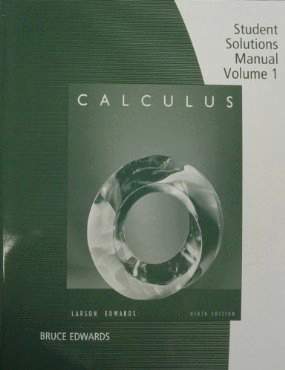Connecting...

This is a quick preview of the lesson. For full access, please Log In or Sign up.
For more information, please see full course syllabus of College Calculus: Level I
For more information, please see full course syllabus of College Calculus: Level I
College Calculus: Level I Riemann Sums, Definite Integrals, Fundamental Theorem of Calculus
Lecture Description
In this lesson we are going to take a look at Riemann Sums, Definite Integrals, Fundamental Theorem of Calculus. After we finished Differentiation we are heading into Integration, one of the major topics of Calculus. First, we are going to see a bunch of very important equations. We are going to talk about what Riemann sums represent geometrically. Then we will see what an integral is and we will explain all terminology about it (integrand, upper limit, lower limit). Also, we are going to see that The Fundamental Theorem of Calculus is a theorem that links the concept of the derivative of a function with the concept of the function's integral.
Bookmark & Share
Embed
Share this knowledge with your friends!
Copy & Paste this embed code into your website’s HTML
Please ensure that your website editor is in text mode when you paste the code.(In Wordpress, the mode button is on the top right corner.)
×
Since this lesson is not free, only the preview will appear on your website.
- - Allow users to view the embedded video in full-size.
Next Lecture
Previous Lecture










































 Answer Engine
Answer Engine





0 answers
Post by Israel Haile on October 23, 2015
I loved your methodology ,I wanna encourage you, I am 99.99% satisfied with your class,Stay Blessed !!!
0 answers
Post by Valeriya Pinkhasova on February 5, 2015
I am unable to watch additional example. Everytime I press on it ,lecture starts from the beginning .
0 answers
Post by Jason Kim on November 5, 2014
wait for the antideriviative of the lecture example 2 how do you exactly know that anti deriviative of 2x-5 is just x^2-5X. It could also be x^2-5x plus some number because the number just disappears when we derive it. So it could be x^2-5x+9 and the deriviative would be also 2x-5.
How can you assume that the antideriviative is just x^2-5x?
0 answers
Post by Johnny Zamora on January 14, 2014
She is Amazing
0 answers
Post by Jose Gonzalez-Gigato on November 10, 2013
'Additional Example 5' was excellent!
1 answer
Last reply by: Martina Alvarez
Fri Dec 9, 2011 4:28 AM
Post by Martina Alvarez on December 9, 2011
Ex: 2
13 min.
=(36-30) - (1-5)
=6 - (-4)
=10 not 8
0 answers
Post by David Bascom on September 4, 2011
In lecture example 3 where did 3xsquared come from?
1 answer
Last reply by: Jose Gonzalez-Gigato
Sun Nov 10, 2013 11:30 AM
Post by Okwudili Ezeh on July 21, 2011
The graph was supposed to be a sine graph not a cosine graph.